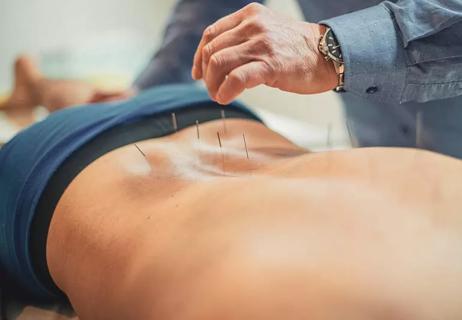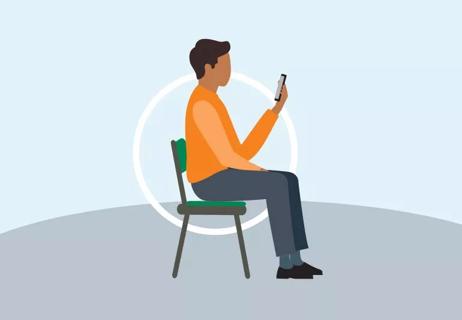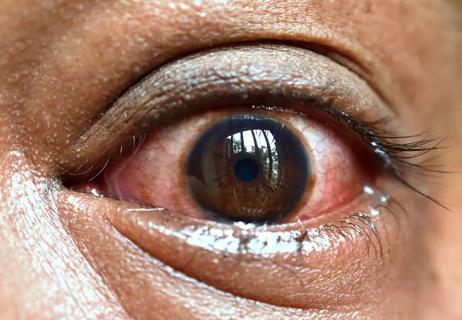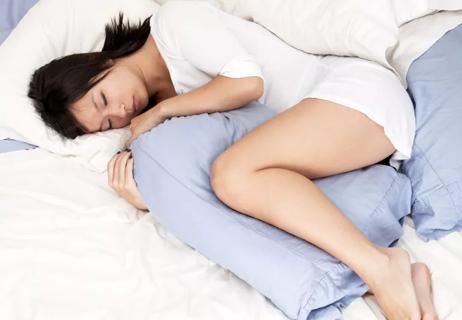Pilates, stretching and hydrotherapy can support your spine and maintain a wide range of motion

The last thing you want to do when you’re feeling stiff and painful is move. But exercise is exactly what will help you feel better when you have ankylosing spondylitis (AS), an inflammatory arthritis affecting your spine and joints.
Advertisement
Cleveland Clinic is a non-profit academic medical center. Advertising on our site helps support our mission. We do not endorse non-Cleveland Clinic products or services. Policy
Regularly working out is a key part of AS treatment, says rheumatologist and sports medicine expert Ahmed Elghawy, DO. It prevents lower back pain and stiffness. It also helps maintain your range of motion, so AS doesn’t limit your ability to do everyday activities.
Dr. Elghawy shares the best exercises for ankylosing spondylitis and what to do when you’re having an AS flare.
Exercise is a cornerstone of AS treatment and has several benefits. Try to include a variety of exercises to improve your:
Advertisement
The best exercise for AS is the one you enjoy. Because there are so many options, you don’t have to commit to something that bores you.
For instance, walking is easy and free, and you can do it in a variety of settings. You can choose to exercise on your own, in a group class or with a friend or neighbor — whatever makes you happiest.
“Find an exercise regimen that you like so it’ll be easier to stick with it,” advises Dr. Elghawy. “Try a few different activities to see what you like most.”
Here are some options that are especially beneficial for AS:
Healthcare providers often recommend physical therapy for ankylosing spondylitis relief. A physical therapist supervises you while you do specific exercises.
Movements may target your chest wall in addition to your spine. AS can sometimes stiffen your rib cage, making it difficult to take deep breaths. Physical therapy is great for learning stretches that maintain spinal flexibility, chest expansion and healthy lung function, says Dr. Elghawy.
Pilates is a form of exercise that focuses on building body strength in a slow and controlled way.
“It combines many types of exercise into one routine,” notes Dr. Elghawy. “It’s a good mix of flexibility training, working your core and postural exercises. And Pilates exercise is good for AS because it’s low impact, so it’s safe for joints.”
Other low-impact, muscle-building activities include yoga, tai chi and weight training.
Make sure your workout includes stretching exercises to help AS, says Dr. Elghawy. For instance, you can practice exercises you learned at physical therapy or do slow-flow yoga, where you hold postures for longer. Another option? Traditional stretches that target your neck and back.
The goal with neck exercises for AS is to increase your range of motion, Dr. Elghawy says. Try these moves to gently stretch your neck:
Strong muscles help you maintain proper posture, which is essential when you have AS. Back and core exercises for AS include:
You can do many traditional exercise moves in the water. The advantage of aqua or hydrotherapy for ankylosing spondylitis is that it’s gentle on your joints.
“It’s great for people who don’t have as much strength,” says Dr. Elghawy. “Once the water exercises become easy, then you graduate to doing them on land.”
Advertisement
Exercise is a must to reduce AS symptoms and maintain mobility. But the physical activity you can handle depends on your stage of AS and overall health.
“You can expect some soreness when you exercise,” says Dr. Elghawy. “But pain is a signal to stop and could be a sign of an AS flare when the disease goes into an active phase and symptoms worsen. Hold off on the activity until you see your healthcare provider. Explain the pain you’re having. Together, you can determine if you can safely do that exercise.”
If you have AS, avoid intense, fast-moving, high-impact exercises like martial arts and contact sports. Also, consider how the disease has affected your mobility and balance before trying a new physical activity that’s particularly challenging.
Exercise can complement your medical AS treatment. It’s a natural way to relieve AS symptoms like pain, stiffness and fatigue. It helps your body stay strong and flexible, too. And it may even prevent inflammation, which makes the disease worse.
The bottom line: You can’t afford to be a couch potato when you have AS. And once you get moving and feel the benefits, you won’t want to quit.
Advertisement
Learn more about our editorial process.
Advertisement

Some diets are better than others, but it comes down to what works best for you

Non-drug therapies like massage therapy and acupuncture can help manage pain, stiffness and fatigue

Doctors aren’t sure why, but the conditions are connected

Ease pain and stay active by keeping your spine in its proper position

About 35% of people with this autoimmune condition also develop uveitis

Managing the chronic pain of this autoimmune condition is important

Raspberries are packed with nutrients that can reduce inflammation and prevent chronic diseases

Adding foods like fruits, vegetables, fatty fish and whole grains to your diet may help soothe inflammation

Babies can get congested easily, but you can calm their cough by keeping them hydrated, using nasal drops and running a humidifier

Weight loss may cause loose, sagging skin and muscle loss to your rear

Several conditions, like vitiligo and fungal infection, can cause a loss of pigmentation, leading to white spots or patches on your skin